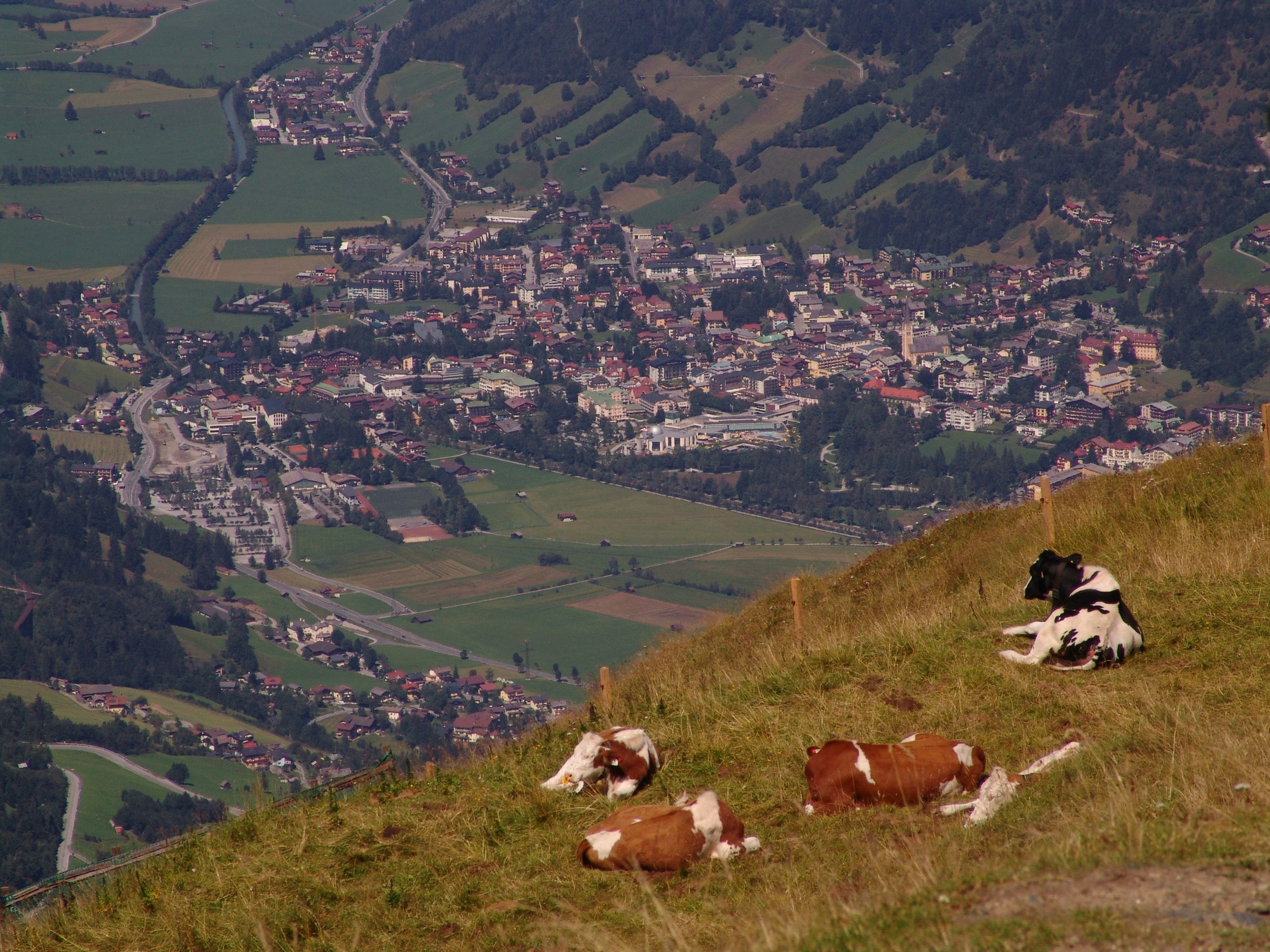Making Local Food More Than A Marketing Gimmick
By Matthew Hoffman I can’t say that I’m at all surprised by the local food scandal in Florida, reported by investigative food critic Laura Reiley in the Tampa Bay Times (http://www.tampabay.com/projects/2016/food/farm-to-fable/restaurants/), in which there appears to be widespread lying on the part of farm-to-table restaurants and even farmers markets about where their food comes from (http://www.tampabay.com/projects/2016/food/farm-to-fable/farmers-markets/). Similar fraud has been reported in Britain (http://www.dailymail.co.uk/news/article-1363664/Organic-food-fraud-One-restaurants-lie-origin-offerings.html) and discussed in Scientific American (http://blogs.scientificamerican.com/guest-blog/food-fraud-it-s-what-s-for-dinner/).
I imagine that the response of many to these scandals will be to insist on increased oversight regarding the claims of restaurants and market vendors. Certainly this is important, but I think these scandals also serve to highlight the limits of consumer demand as a driver of food systems change. To focus too much on consumption—educating consumers and trying to make sure that their educated demands are met by honest supply—is grabbing the problem by the wrong end.
For the sake of clarity first, a distinction needs to be made between environmentally sustainable farming and local farming – and then, within the category of “local farming,” between the issue of food miles and that of production that is embedded in local culture and relationships.
The most important issue, but also the simplest, is that of environmentally sustainable farming. If certain farming methods are known to pose serious ecological or public health risks, they should be regulated. We do not expect consumers to buy cars that meet emissions standards based on loose claims written on a folksy blackboard at the dealership. Auto emissions standards and safety concerns are regulated at the level of the manufacturer. As we have recently seen with VW, this is not a perfect system, but to leave it up to consumer choice would be absurd. So too with agriculture.
A more complicated issue is bundled into the term “local.” In Norway, where I am currently located, they have two separate terms: whereas “short-travelled food” is purely a question of food miles, “local food” is connected to the food traditions of a particular place. Thus, hothouse tomatoes that are produced nearby are “short-traveled food,” and Parmigiano-Reggiano is a “local food” no matter where you eat it.
The interest of American consumers in local food is based on a variety of often implicit arguments: an environmental argument related both to food miles and the assumption that farms producing for a local market are smaller and less industrial; the belief that local food is fresher and thereby healthier and better-tasting; an understanding that buying local products helps the local economy in general and farmers in particular; and a desire to form a connection through food with something culturally meaningful and authentic. It is helpful to keep these various functions of local food distinct, since many avenues of local food consumption might satisfy some of these goals but not others.
The problem with consumer demand as a driver for achieving these goals is that, at least in the context of our normal consumption environments, we are so disconnected from the origins of what we consume that they are almost unreal. I might prefer to drink milk that comes from a small historic farm in a scenic landscape just because I want to know that such places exist, but if I am lied to and can stare contentedly at a bucolic scene on the label of a mass-produced product, what difference will it make for me? Not very much if that’s my only connection to places where milk is produced.
I’m not too sure that all of the consumers who have been duped by Florida’s farmers markets and farm-to-table restaurants would thank Reiley for making this clear. Many of them would probably be content simply to imagine that their food is “local,” just as they imagine that the designer label on their clothing or handbag makes it something other than the mass-produced, sweatshop item it probably is.
“Local food” in Florida isn’t inauthentic because sellers lied about it; the inauthenticity of people’s connection to local production is simply revealed by how easy it is was for them to be lied to without being any the wiser until an investigative journalist came along.
If there wasn’t so much physical and social distance between people and the farmers and landscapes that produce their food—if, for example, the farm that a restaurant claimed to buy from was a place that many customers passed on their daily bicycle commute to work, and if even just a few of those customers were acquainted with the farmer—then government oversight wouldn’t be as necessary to prevent fraud and people would have the opportunity for a cultural connection to production that they are otherwise only pretending to have.
It might be argued that in many parts of the American landscape this kind of social and physical proximity between people and agriculture is no longer possible; but if that’s true, just what the hell do people mean by local food? What can local mean if it doesn’t have to do with social or physical proximity? Nothing whatsoever. In most parts of the country, however, these things can be reestablished.
Building a local food system—one based on a policy of localization—is clearly a big project and one that will require a great deal of public support in order to protect farmland, support farmers, build local infrastructure, regulate practices, and limit outside competition. To do it for real will require people to support local agriculture not merely as consumers, but as citizens, with both state-level legislation and local-level planning and zoning. Once local production and distribution become a structurally integral part of our food system and landscape, they will be something real that people can know—rather than a marketing gimmick aimed at consumers for whom its truth or fraudulence are apparently indistinguishable.
The author of this post is Matthew Hoffman. He is currently a Fulbright Scholar at the Norwegian Centre for Rural Research.


